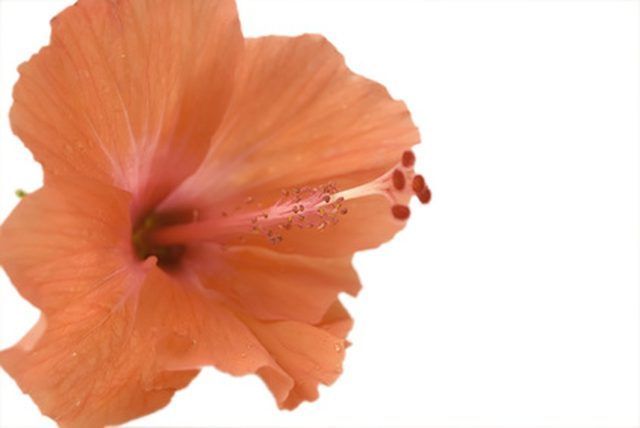Bulbs
Flower Basics
Flower Beds & Specialty Gardens
Flower Garden
Garden Furniture
Garden Gnomes
Garden Seeds
Garden Sheds
Garden Statues
Garden Tools & Supplies
Gardening Basics
Green & Organic
Groundcovers & Vines
Growing Annuals
Growing Basil
Growing Beans
Growing Berries
Growing Blueberries
Growing Cactus
Growing Corn
Growing Cotton
Growing Edibles
Growing Flowers
Growing Garlic
Growing Grapes
Growing Grass
Growing Herbs
Growing Jasmine
Growing Mint
Growing Mushrooms
Orchids
Growing Peanuts
Growing Perennials
Growing Plants
Growing Rosemary
Growing Roses
Growing Strawberries
Growing Sunflowers
Growing Thyme
Growing Tomatoes
Growing Tulips
Growing Vegetables
Herb Basics
Herb Garden
Indoor Growing
Landscaping Basics
Landscaping Patios
Landscaping Plants
Landscaping Shrubs
Landscaping Trees
Landscaping Walks & Pathways
Lawn Basics
Lawn Maintenance
Lawn Mowers
Lawn Ornaments
Lawn Planting
Lawn Tools
Outdoor Growing
Overall Landscape Planning
Pests, Weeds & Problems
Plant Basics
Rock Garden
Rose Garden
Shrubs
Soil
Specialty Gardens
Trees
Vegetable Garden
Yard Maintenance
Ornamental Philippine Plants
Ornamental Philippine Plants. The Philippines is home to a number of unique ornamental plant and flowers species. With is tropical climate suitable for year-round cultivation, it is an ideal location for ornamental horticultural products from tropical plants to even semi-temperate species. Filipinos are also fond of maintaining gardens and they...

The Philippines is home to a number of unique ornamental plant and flowers species. With is tropical climate suitable for year-round cultivation, it is an ideal location for ornamental horticultural products from tropical plants to even semi-temperate species. Filipinos are also fond of maintaining gardens and they adorn their homes with fresh cut flowers, live plants and dried ornamentals.
Santan
There are about 45 species and hundreds of colorful hybrids of santan in the Philippines. As a popularly cultivated ornamental shrub with flowers (usually yellow, orange, pink or red) blooming all year round amidst the low maintenance, it is usually seen in many Philippine homes and public landscape areas. Commonly propagated through stem cutting, marcotting and layering, it grows practically in any type of soil. The decoction of the flowers can be used for treatment of hypertension, amenorrhea and irregular menstruation. The decoction of leaves can be used for wounds and skin ulcers. And the diluted tincture of the plant roots can be used for mouthwashes and gargles to help alleviate sore throats.
Bonsai
There are a number of collections of local species of bonsai plants commonly seen inside and outside the Philippine homes. This very popular ornamental cultivation plant serves as an oxygen enhancing media to the living room or bedroom. It also absorbs carbon gases inside the house. This small but elegant plant is very easy and practical to produce and propagate. Even a discarded bottle, rubber foam or Styrofoam from discarded merchandise packaging can be used to grow it. Raising a bonsai can be typically done in just a matter of three weeks to a month.
Aloe Vera
Aloe vera has been widely grown as an ornamental plant in Philippine homes because of its interesting flowers, form and medicinal properties. This tropical stemless or very short-stemmed succulent plant stores a large quantity of water within its leaves and root system. The leaves are green, thick and fleshy, with some varieties showing white flecks on the upper and lower stem surfaces. The flowers bloom during the summer months. It is typically grown outdoors, but can also be an excellent house plant if given sufficient sunlight. When cut, aloe vera leaves releases clear gel-like fluids known for soothing and healing properties. This is used in many cosmetic products, burn gels and sunscreens. It is also used in yogurt, beverages and deserts.
Kalachuchi
Kalachuchi, a small, deciduous tree with a crooked trunk known for its fleshy, thick branches and sticky, milky sap, is mainly grown in the Philippines as an ornamental plant. Its flowers, usually white, orange, red or pink, are its main attraction because of its beautiful petals and fragrant smell that can usually fill an entire room or garden. Apart from being widely used as an ornamental plant, it can also be used for medicinal purposes because of its anti-inflammatory, antipyretic, diuretic, febrifuge, rubefacient and purgative properties.
Gumamela
The gumamela is a popularly grown shrub in Philippine homes and parks. It is also popular to children because science classes usually require bringing a gumamela flower to study its basic parts and make simple experiments. It has become a typical school assignment for such use because it is very easy to find. Moreover, kids are very fond of the gumamela petals because they are essential in making bubble balloons by mixing the petals with sugar and soap. The flower is usually red, yellow, orange or pink. This ornamental plant is also used as an herbal medicine. Its infusion is used as a refrigerant drink in fevers and a demulcent in coughs. Various parts of the gumamela plant and flowers can also be used as a diuretic, emollient, anti-infectious, anti-inflammatory and antipyretic.